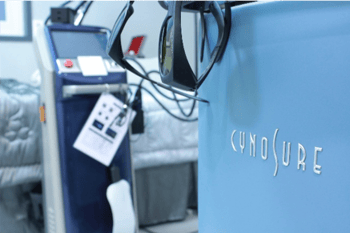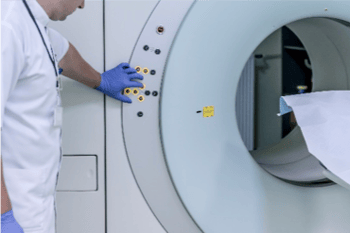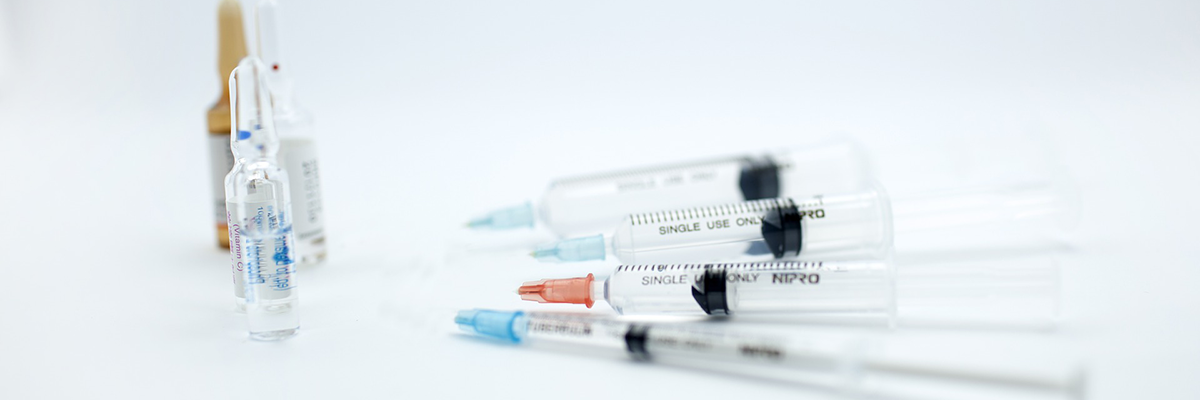The Roles Substantial Equivalence and FDA’s Least Burdensome Provisions Play in Premarket Notification
Premarket notification is an intricate process for medical device manufacturers to navigate. Levels of risk, assurances of safety and effectiveness, device type, intended use, and a whole manner of other factors can shift your submission from PMA to De Novo to 510(k) in the blink of an eye.
This can be a dizzying experience for many firms, but getting a thorough grasp of the factors involved in the premarket submission process can be constructive for your development activities in the long run. One of the most varied (and somewhat confusing) avenues for premarket submission is the 510(k) pathway.
Instead of requiring large quantities of newly generated clinical and scientific data to prove your device is safe, 510(k)s rely on establishing safety and effectiveness in relation to legally marketed (predicate) devices. This process of submission depends on a principle known as “substantial equivalence”—a critically important factor in regulatory submission today.
But what exactly is substantial equivalence, what is the regulatory basis for it, and how does it impact medical device submissions?
Substantial Equivalence: Criteria for 510(k)s
 Substantial equivalence, it can be argued, defines the 510(k) pathway. As long as manufacturers can provide significant evidence that the device is at least as safe and effective as those already classified by FDA and legally marketed, no additional clinical work is necessary. This results in manufacturers fulfilling the requirements of a 510(k) notification, which includes providing evidence the device is eligible for this submission pathway to begin with.
Substantial equivalence, it can be argued, defines the 510(k) pathway. As long as manufacturers can provide significant evidence that the device is at least as safe and effective as those already classified by FDA and legally marketed, no additional clinical work is necessary. This results in manufacturers fulfilling the requirements of a 510(k) notification, which includes providing evidence the device is eligible for this submission pathway to begin with.
As outlined in 21 US Code 360c (i)(1)(A), proving substantial equivalence for your medical device means demonstrating either:
- The device has the same technological characteristics as a predicate device, or
- The device has different technological characteristics but is at least the same level of safety and effectiveness as a legally marketed device, while not raising different safety and effectiveness concerns than the predicate device.
While these requirements are for “proving” substantial equivalence, they are integral eligibility criteria for 510(k)s. If either of these two conditions are not met, FDA reviewers can and will deny submission through that pathway. And in reality, there’s a third criterion at work that’s not explicitly stated in the regulation—the existence of a predicate device.
The Role of Predicate Devices
 Finding your device’s classification is an important part of the 510(k) process, whether most device manufacturers realize it or not. In order to even be considered under the 510(k) program, there needs to be a predicate device you can compare to the one you’re submitting. Predicates recognized by FDA are codified in their device classification panels, and this is where any manufacturer needs to start when building their submission. Because FDA maintains the intended use and indications for use of each legally marketed device, finding your device’s classification early in the development process is crucial to putting together a 510(k).
Finding your device’s classification is an important part of the 510(k) process, whether most device manufacturers realize it or not. In order to even be considered under the 510(k) program, there needs to be a predicate device you can compare to the one you’re submitting. Predicates recognized by FDA are codified in their device classification panels, and this is where any manufacturer needs to start when building their submission. Because FDA maintains the intended use and indications for use of each legally marketed device, finding your device’s classification early in the development process is crucial to putting together a 510(k).
Where Does Least Burdensome Fit?
 The 510(k) program exists as a result of FDA’s least burdensome provisions, which are also codified in section 21 US Code 360c. Added to the FD&C under both the FDA Modernization Act (FDAMA) and Safety and Innovation Act (FDASIA), the least burdensome provisions govern an approach to premarket evaluation meant to reduce or eliminate burdens on both industry and FDA. This approach dictates that the agency requests only the minimum amount of information necessary in order to appropriately address any regulatory concern through “the most efficient manner at the right time.”
The 510(k) program exists as a result of FDA’s least burdensome provisions, which are also codified in section 21 US Code 360c. Added to the FD&C under both the FDA Modernization Act (FDAMA) and Safety and Innovation Act (FDASIA), the least burdensome provisions govern an approach to premarket evaluation meant to reduce or eliminate burdens on both industry and FDA. This approach dictates that the agency requests only the minimum amount of information necessary in order to appropriately address any regulatory concern through “the most efficient manner at the right time.”
Substantial equivalence and the least burdensome provisions coalesce to form the backbone of the 510(k) submission and review process. Both manufacturers and FDA can use these principles to their advantage in premarket activities including development and submission; however, there is a gap that manufacturers have to deal with.
While FDA employs substantial equivalence and least burdensome provisions in reviewing 510(k) notifications, there are no specific requirements for what either actually look like. Overcoming this gap is often left for manufacturers to manage, but FDA has taken many steps over the last few years to close it up as well. This has led to a number of different methods of premarket notification manufacturers can leverage for submission.
Impact of Substantial Equivalence and Least Burdensome
 Both substantial equivalence and least burdensome work together to reduce or eliminate efforts undertaken by both the industry and regulators. Because FDA has already approved devices of the type your organization submits under, they already have an understanding of its risks, benefits, intended use, and other factors that relate to safety and effectiveness.
Both substantial equivalence and least burdensome work together to reduce or eliminate efforts undertaken by both the industry and regulators. Because FDA has already approved devices of the type your organization submits under, they already have an understanding of its risks, benefits, intended use, and other factors that relate to safety and effectiveness.
When least burdensome is applied to these situations, the result is the understanding that submitting all the same information required for when the device type was first reviewed and approved would be an unnecessary strain on submitters. That’s where the mandate for substantial equivalence kicks in; through substantial equivalence, regulators only look at data connected to demonstrating a device is as least as safe and effective as a predicate. The data regulators can ask for and look at is limited to the submission pathway manufacturers are submitting through.
This can result in more streamlined and timely regulatory reviews—a beneficial outcome for both the industry and reviewers. Regulators can get more products to market that can positively impact patient outcomes sooner, and without compromising safety and efficacy. Meanwhile, manufacturers can experience faster time to market, expand product portfolios in a more timely manner, and reduce the efforts of their teams throughout the product life cycle.
About Cognition Corporation
At Cognition, our goal is to provide medical device and pharmaceutical companies with collaborative solutions to the compliance problems they face every day, allowing the customer to focus on their products rather than the system used to create them. We know we are successful when our customers have seamlessly integrated a quality system, making day-to-day compliance effortless and freeing up resources to focus on product safety and efficacy.




